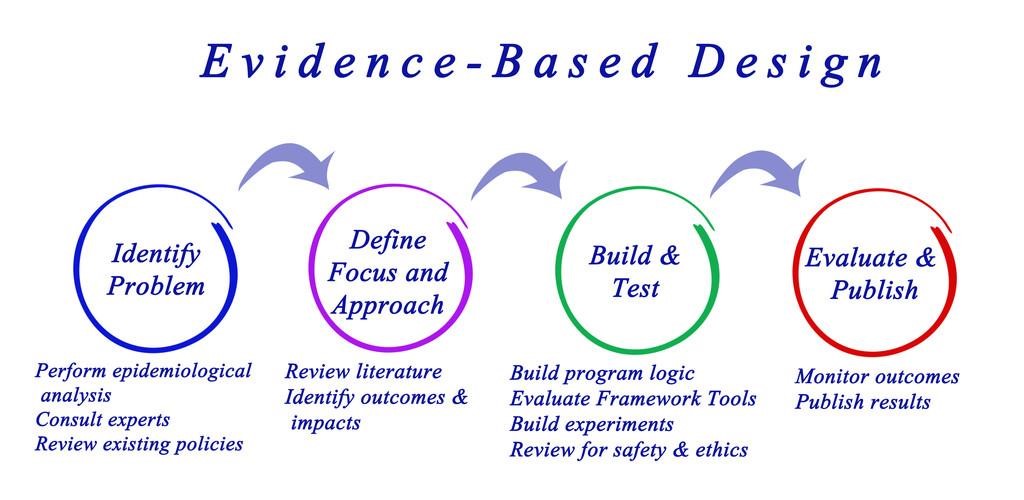Introduction
Behavior based safety (BBS) is a comprehensive approach to workplace safety that focuses on changing employee behavior in order to reduce the risk of workplace accidents and injuries. It uses a variety of tools such as observation, feedback, training, coaching, and reinforcement to help employees become more aware of their own behavior and how it affects safety outcomes. By encouraging workers to take an active role in preventing accidents through proactive measures like job hazard analysis and risk assessment, BBS helps create a safer work environment for everyone.

A behavior based safety training is based on the idea that individual behaviors are responsible for most safety-related incidents, and if those behaviors can be identified and changed, then the number of incidents can be reduced.
Identifying and Assessing Unsafe Behaviors
Identifying and Assessing Unsafe Behaviors
According to Protex AI’s glossary in behavior based safety, the first step in a BBS program is to identify hazardous behaviors. Unsafe behaviors can be dangerous and costly for any organization, especially when it comes to safety, health and the environment. As such, it is important for organizations to identify and assess these behaviors in order to prevent them from occurring or minimize their impact. This article will discuss two key elements of this process: assessing the risk of unsafe behaviors and collecting data on unsafe behaviors.
Assessing the Risk of Unsafe Behaviors
When assessing risky behavior it is essential to consider both the likelihood of harm occurring due to that behavior as well as its potential consequences if harm does occur. To accurately assess risk levels, organizations should use a systematic approach that considers all relevant factors including:
• The type of activity or behavior being performed;
• The conditions under which the activity is being performed;
• The skill level/competency of those performing the activity;
• And any existing safety policies or procedures related to that activity.

Intervening in Unsafe Situations
Given the constantly changing nature of the workplace, it is essential for employers to be proactive in identifying and addressing potential hazards or risks that could lead to injury or illness. Intervening in unsafe situations can help create a safer environment for all employees, while also ensuring that legal and regulatory requirements are met. Here are some strategies that employers can use to intervene when they identify an unsafe situation:
Implementing Strategies to Address Identified Hazards and Risks: It is important for employers to be aware of any potential hazards or risks present in the workplace. Once identified, steps should be taken to reduce or eliminate such hazards and risks as soon as possible. This could include implementing engineering controls, such as installing guards on machines, implementing administrative controls such as creating policies on proper lifting techniques, or providing personal protective equipment (PPE) such as gloves and safety glasses.
Developing Education Materials to Inform Employees About Safe Practices: Developing educational materials can help make employees more aware of how best to protect themselves from harm at work. These materials should clearly explain the company’s safety protocols and detail what employees need to do if they encounter an unsafe situation.
If you’re interested in delving deeper into the benefits of behavior-based safety and effective intervention strategies, don’t hesitate to click to investigate. You’ll find a wide range of safety products, including knee pads, designed to enhance workplace safety and protect workers from potential hazards. Explore the selection available at this reputable online store to ensure your team has the necessary equipment to maintain a safe working environment.
Conclusion
Behavior Based Safety is an effective approach to improving workplace safety. It has been proven to reduce the number of injuries, lower insurance costs, and improve employee morale. Its focus on the individual employee’s behavior encourages them to take ownership of their safety and that of others around them. This leads to a culture of safety that is adopted by all employees in the organization and leads to improved performance for everyone. Ultimately, Behavior Based Safety is a valuable tool for organizations looking to protect their most valuable resource – their people.